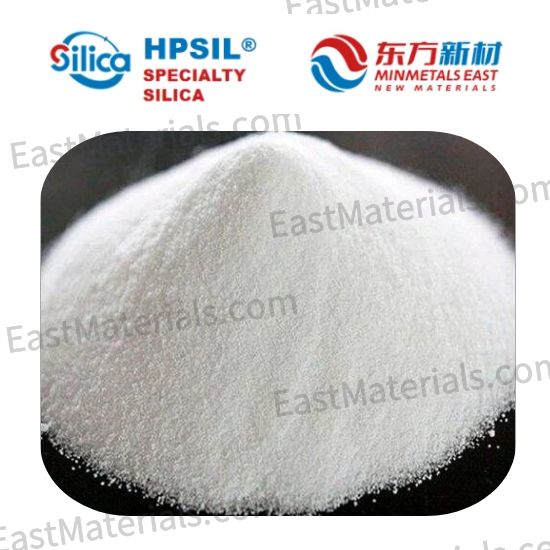### 1. **Define the Intended Function**
- **Abrasiveness**: Determine if you need silica primarily for its abrasive properties. Look for silica with a specific hardness and particle size that can effectively clean teeth without damaging enamel.
- **Thickening/Stabilizing**: If your primary need is for thickening the toothpaste or stabilizing the formulation, choose silica that has excellent gelling and thickening properties.
- **Moisture Absorption**: If moisture control is crucial (to prevent the product from drying out), opt for silica with high moisture-absorbing capabilities.
### 2. **Assess Particle Size and Distribution**
- **Micronized Form**: Look for silica for Healthy Care that comes in a micronized form with a narrow particle size distribution to ensure uniform performance and avoid grittiness. - **Sieve Analysis**: Perform or review a sieve analysis to ensure that the particle size is appropriate for your intended application.
### 3. **Consider Purity and Safety**
- **High Purity Levels**: Choose silica with high purity, free from contaminants or impurities that could compromise the safety and efficacy of the toothpaste.
- **Regulatory Compliance**: Verify that the silica complies with relevant food and drug regulations, ensuring it is safe for oral application. Look for certifications, such as FDA or EU approval, if necessary.
### 4. **Evaluate Functional Properties**
- **Abrasivity Testing**: Consider testing the abrasivity on enamel or using standardized tests like the Mohs hardness scale or Dentifrice Abrasivity testing methods (RDA) to compare options.
- **Thickening Properties**: Testing in formulation trials may help assess how well specific silicas achieve the desired viscosity and product consistency.
### 5. **Compatibility with Other Ingredients**
- **Chemical Compatibility**: Ensure the silica is compatible with other ingredients in your formulation, including active agents (like fluoride), surfactants, and flavors, to prevent any adverse reactions.
- **Stability Testing**: Conduct stability tests with potential silica candidates to check for any interactions or changes over time in the toothpaste formulation.
### 6. **Sensory Attributes**
- **User Experience**: Consider how the special silica impacts the texture and feel of the toothpaste. Silica should enhance the sensory experience, providing a smooth, agreeable mouthfeel.
- **Taste**: Check if the silica has any potential impact on taste, especially if you are formulating flavored toothpaste.
### 7. **Source and Supplier Quality**
- **Reputable Suppliers**: Choose silica from established suppliers known for quality and reliability. Look for suppliers that provide detailed technical data sheets (TDS) and safety data sheets (SDS).
- **Manufacturer Support**: Supplier support in terms of formulation assistance, compatibility testing, and responsiveness can add value to your selection process.
### 8. **Cost and Availability**
- **Budget Considerations**: Analyze the cost of the silica and its impact on the overall formulation cost. Compare different suppliers to find a balance between quality and price.
- **Supply Chain Reliability**: Ensure that the supplier can consistently provide the special silica to prevent production delays.
### Conclusion
Choosing the right special silica for toothpaste involves balancing technical performance, safety, regulatory compliance, and sensory properties while considering costs and supplier reliability. Thorough testing and careful evaluation of these factors will help ensure successful formulation and high-quality end products.



